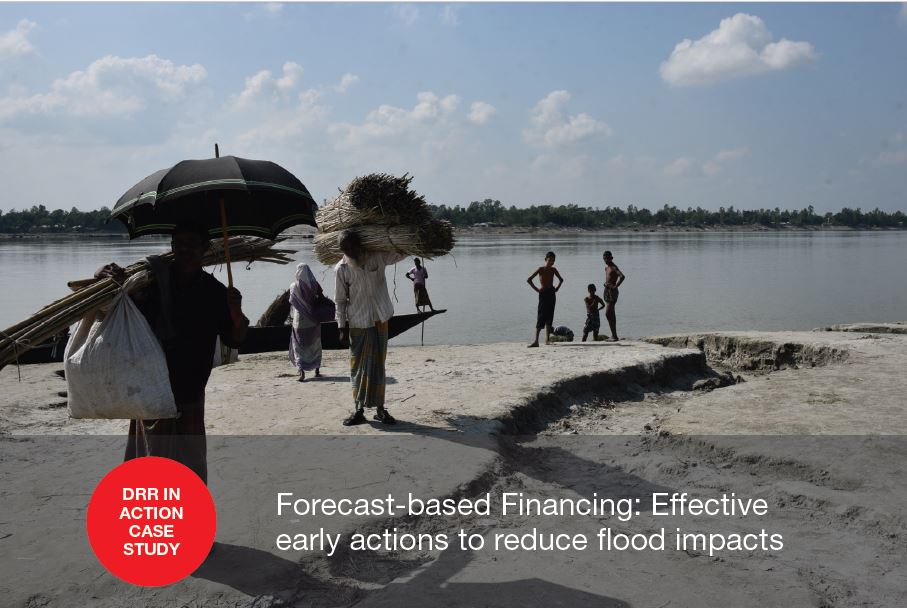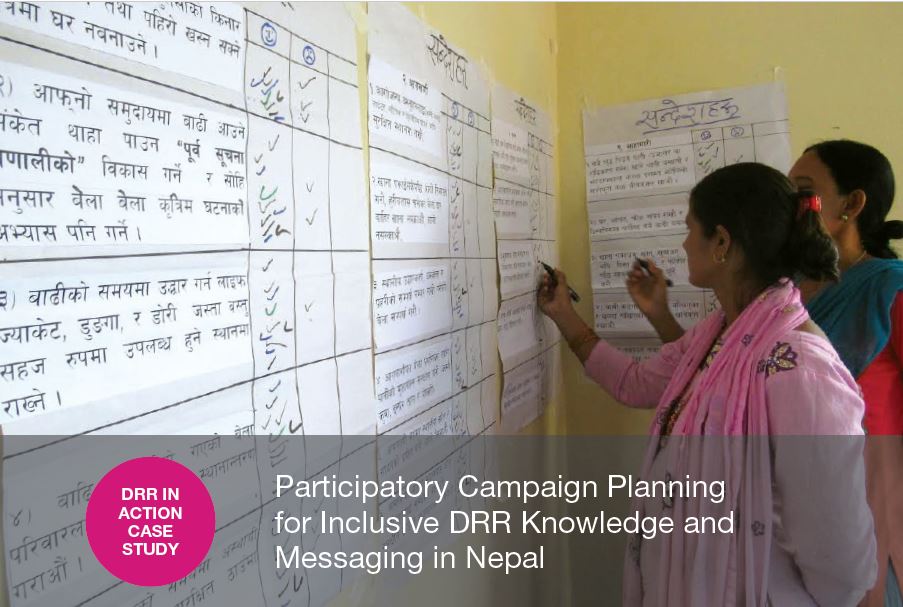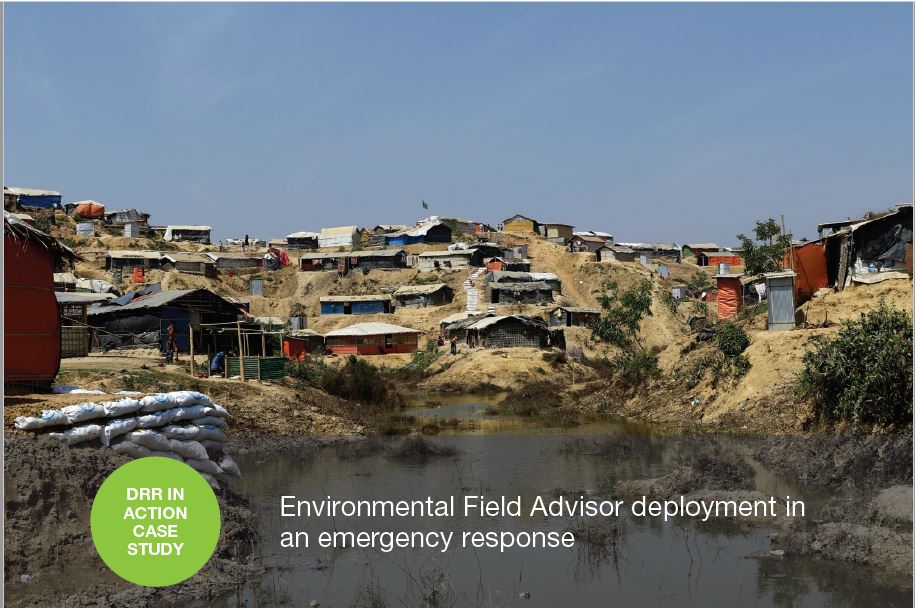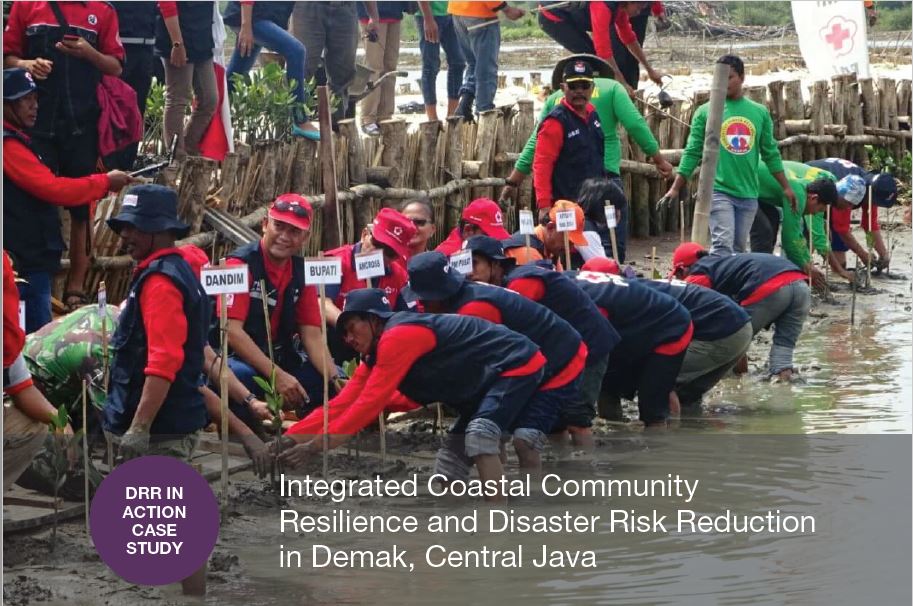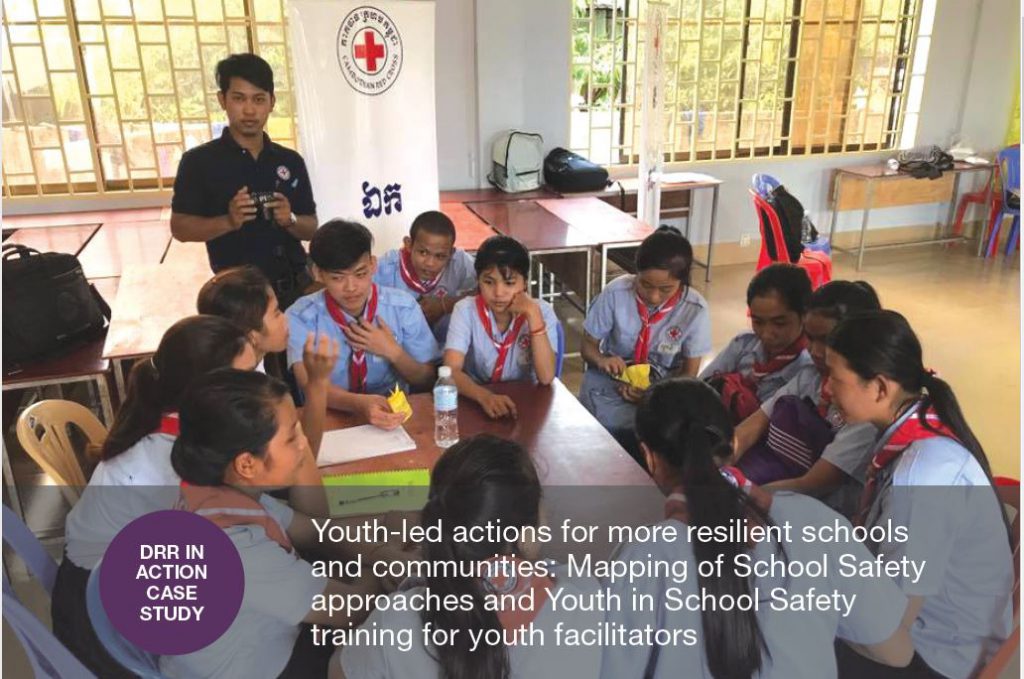Forecast-based Financing: Effective early actions to reduce flood impacts
Led by the Bangladesh Red Crescent Society and supported by the German Red Cross, the Bangladesh FbF project is at the forefront of experience with FbF activation and funding delivery in the Asia-Pacific region. This case study examines the effectiveness of distributing unconditional cash grants to affected people as an early action measure in the […]
Forecast-based Financing: Effective early actions to reduce flood impacts Read More »

